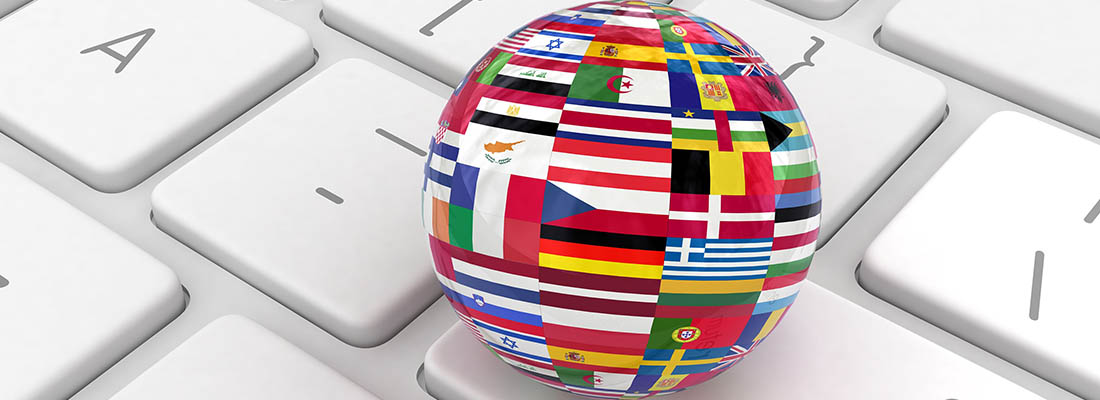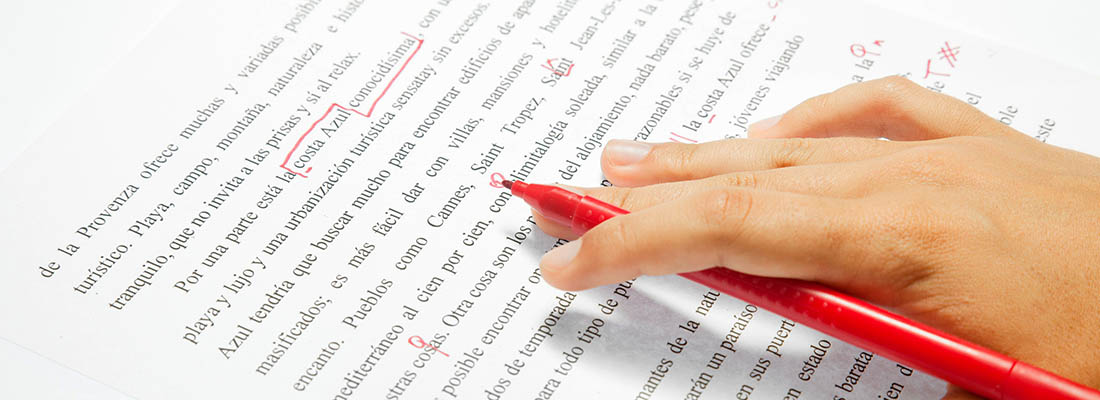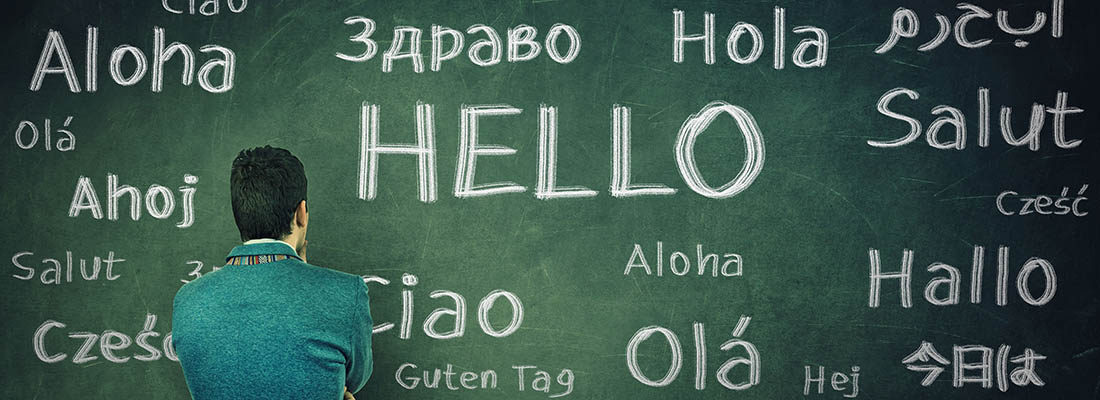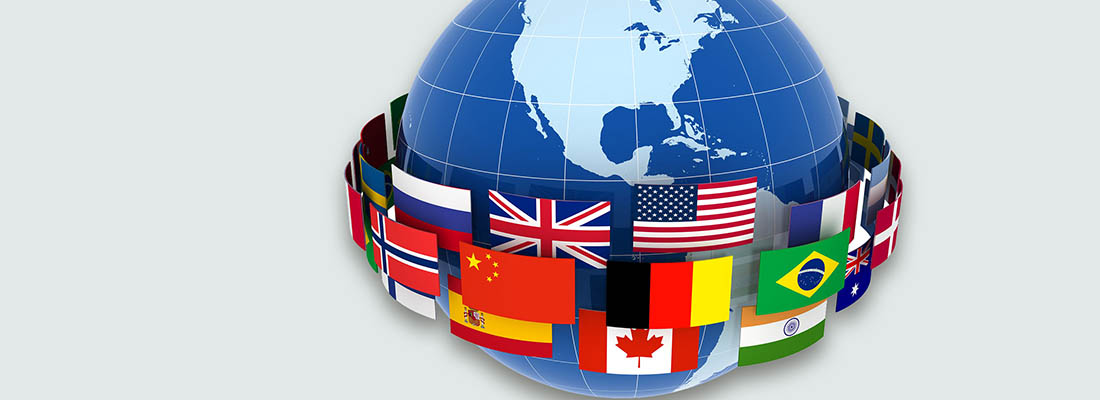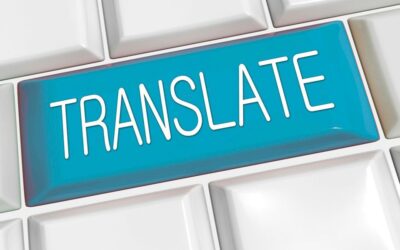Technical Translation Service. A Guide for B2B Brands
Table of Contents
- Introduction
- What Is Technical Translation?
- Who Needs Technical Translation?
- Common Types Of Technical Translation For Businesses
- The Process Of Technical Translation
- Localization And Translation
- What language variation is best to use in a technical document?
- Technical Translation Problems
- Technical translation rates and costs
- Technical Translation Services
Introduction
If you work in marketing, sales or product development at a global firm, you know it is hard to find a reliable technical translator. You know, though, it is essential to hire the right one. Working with the right technical translation service vendor will impact a company’s success when entering new markets.
I’m thrilled to share our “Technical Translation Service Guide for B2B Brands”. It is a compilation of the most common questions our customers ask us. I hope it helps you when you’re evaluating a technical translation services provider.
With over ten years of experience helping businesses adapt their technical material from English to Spanish and Portuguese, our agency is ready to share its expertise on how to reach global audiences.
Hiring translators is one of the most common marketing tactics if your technology company is exploring opportunities in foreign markets. This guide is essential if you want the tools to hire the right translator, this guide is essential.
This guide covers aspects such as technical translations, the best way to translate technology collaterals, who exactly needs a technical translator, and more.
You’ll have the option to read the guide on your screen or download it for future reference. Welcome aboard. Enjoy the ride.
What Is Technical Translation?
But how could we define technical translation? According to Wikipedia, technical translation is a specialized translation used mainly by technology manufacturers.
Manufacturers hire technical translators to translate user manuals, brochures and data sheets. Beyond these documents, these professionals can also translate patents, software strings and marketing collateral.
Technical translation service providers cost more than standard translations but can offer more value to your B2B business. Why? Unlike general translators, specialized translators are subject-matter experts in your business industry.
This specialization enables them to professionally translate corporate jargon into foreign languages, which is essential to maintaining a healthy global brand image.
Who Needs Technical Translation?
Is your company in manufacturing, construction, security, or HVAC? Does it deal with terms that are specific to those industries? Such terminology may be confusing for the general population.
Hiring a technical translator is better if your company deals with industry-specific terminology, hiring a technical translator is better. Using a general provider will affect your capacity to showcase industry expertise in other markets.
And why is the technical translation service necessary in manufacturing? When launching products/services to new regions, your messaging needs to be precise. Imagine the consequences of your employees not understanding your product features.
Could they sell or provide technical support? I guess you know the answer to this question. Thus, hiring a reliable technical translation service vendor is fundamental for the manufacturing industry.
Common Types Of Technical Translation For Businesses
As we’ve said before, the term technical translation encompasses many different documents. It all depends on the department that orders the translation. The size of the company has something to do as well.
In our experience, for example, product development teams often request the translations of:
- Specification sheets.
- Brochures.
- User manuals and guides.
As mentioned above, the size of the company matters. Why? It is common to see product teams filling marketing tasks. Larger firms separate their product and marketing teams. This separation results in both departments requesting the translation of different documents.
In this last scenario, marketing departments tend to request the translation of documents such as:
- Press releases.
- Thought leadership articles.
- Customer stories.
- White papers.
- eBooks.
But there’s another situation. Legal and customer service departments may request translations too.
Some of the documents legal teams translate are:
- Corporate policy texts.
- Contractor agreements.
- Partner agreements.
- Employee manuals and contracts.
Customer service teams focus on pieces such as:
- Warranty agreements.
- Customer knowledge base.
These documents are just examples, and there may be other documents I’m not mentioning.
But there’s a big difference between translating a datasheet and a customer story. Translating a legal agreement has little to do with translating a customer knowledge base.
In any case, you need to ensure that your technical translation service vendor knows your industry. It is also important that your translator is familiar with your corporate tone and voice.
Also, your technical translator must understand the market where you want to do business. Here’s where the term “localization” comes in place.
Regions such as Latin America are complex. In this region, many countries share a language with several variations. The translator needs to understand the specificities of each country. It adds up to the challenge.
The Process Of Technical Translation
Let me be honest with you. The technical translator you hire is your brand’s voice in the new markets it wants to conquer. Thus, your technical translator should take the time to learn your messaging and understand your brand.
Professionally-translated technical documents serve as a spokesperson for your great products or services. Yes, your marketing also plays a crucial role, but as a good translation provides value, a bad one is an obstacle.
Producing an excellent technical translation takes more than getting a document, translating it and sending it back to the customer.
For example, at Signalis Group, we are experts in translating technical documents for industries such as:
- Electronic security.
- HVAC
- Pro Audio/Video.
- Construction.
- Telecommunications.
- Software.
And in every case, our technical translation service follows the following protocol:
- Signalis receives a translation request.
- Our translation team produces a quote using our internal automatic quotation system. Our translation manager sends the customer the cost of the project.
- When the customer approves the cost, we queue the document (s) for translation.
- Once our translators finish the translation, our content experts produce a piece that aligns with the target country.
- If the customer needs graphic design, our art department takes the text and creates a document that matches the original version.
- Our quality control team reviews the graphically-designed documents.
- Our technical translation manager sends the translation to the customer if no corrections are needed. Then, we mark the project as complete.
- If the customer requests any changes, Signalis executes them and returns the document.
As you can see, the process seems simple, but it involves several steps to ensure total quality in our technical translation service.
But there’s another element to consider. More and more companies are using Translation Management Systems (TMS). It adds an extra layer of complexity as the TMS representatives must train the translators on how to use their system.
At Signalis, we have experience working with such platforms, particularly Lingotek and GlobalLink.
Localization And Translation. What’s the difference?
In the technical or business translation world, there are three concepts used often:
- Translation
- Localization
- Transcreation
Let’s start by defining each.
Translation
To understand the concept of translation, think about the word conversion. Simply stated, translation means converting words from one language to another. The professional translator will just find word equivalences between a source and a target language.
Localization
Localization goes one step further. In localization, the translator adjusts the content, making it relevant to another country.
It means adjusting basic things, such as the measurement method, from the one used in the US to the metric system.
Idioms are another element in the localization process. There are idioms in English that have an equivalent in Spanish or Portuguese. The translator’s job is to identify the idiom in the target language that transmits the same idea.
A professional technical translation service combines translation with localization.
Transcreation
More recently, companies have started to ask for transcreation. It means creating unique, original content in a target language inspired by content in a source language.
What is the difference between localization and transcreation? As said above, localizing content means adjusting specific elements of a document to keep its relevance.
Transcreation takes translated content as material to produce similar but different content. Transcreation is common in thought leadership articles, customer success stories, and whitepapers, among other types of content.
In any case, deciding between localization and transcreation will depend on your audience’s needs.
What language variation is best to use in a technical document?
The correct language and tone vary depending on the region, culture, and industry. To make matters more complex, you must consider your brand’s particular audience.
For example, what is acceptable in one region may not be in another. To prove this, let’s take the word “courier,” for instance. In North America, the term refers to companies or employees transporting commercial packages.
But people could associate this word with tour guides or representatives in regions like Britain. In English, the differences between areas are not as dramatic as in other languages.
For example, the vocabulary used in Spain is very different compared with other Spanish-speaking countries in Latin America, like Colombia, Mexico or Argentina (or Hispanic audiences in the U.S.).
Your written material must use your audience’s preferred vocabulary, idioms, and ways of speech to capture people’s attention in your region of interest.
Technical Translation Problems: Issues To Avoid When Translating Business Documents
For a company expanding abroad, bad translations can cause several headaches. Not only because of the time and costs but also because poor translations will negatively affect their credibility.
So, it’s worth reviewing the most common technical translation problems.
Awkwardness
Have you ever read a translated document that you could understand its meaning, but it didn’t flow naturally? In the translation world, that is what we call an awkward translation.
Awkward translations indicate that your company didn’t have the budget to hire a professional translator or that there wasn’t any quality control over the translation.
Poor grammar
Your technical translation provider (agency or freelancer) must deliver documents with impeccable grammar. There’s no excuse to present materials that don’t follow the rules of the target language.
To avoid this issue, your vendor should have the grammar skills to deliver a clear message. Documents with grammar mistakes make it hard for your customers to understand the message you want to provide.
Grammar mistakes usually state that your company lacks the internal resources to proofread and correct your collateral.
Incorrect word translations
Every industry has jargon and acronyms that confuse translators unfamiliar with the industry.
You must resolve such technical difficulties with the translator once the first draft is delivered. The reason? Recreating entire documents can skyrocket your costs.
In our practice, something we do when working with a new customer or in a new industry is to produce a glossary. Such a document is delivered to the customer during the first round of translations to fix any inconsistencies.
Wrong Tone of Voice
Each brand has its tone of voice. Imagine if your translator is unfamiliar with how your company speaks and delivers a translation that uses a style opposite your brand’s.
The result? You’ll probably have to rewrite the document to ensure it is consistent with previous translations—a total waste of your time and money, which isn’t a minor issue.
We recommend that your company uses the same translator over time to avoid it. It will allow your vendor to learn how your company talks, producing content consistent with your brand’s tone of voice.
Limited vocabulary
Technical terms and acronyms have different meanings that change depending on the region. Failing to consider this can lead to costly misunderstandings.
Technical translators must master thesaurus dictionaries, allowing them to find different alternatives for words used repeatedly in a document.
Using a broad lexicon makes documents easy to read and understand.
For all the listed issues is that it’s hard to find proficient technical translators. But even if you’ve had bad experiences with previous translators, don’t get discouraged. With the proper research, you’ll be able to find the vendor that better adapts to the needs of your business.
Technical translation rates and costs
Technical translation rates per word vary depending on the region, language, and industry. They are usually calculated per word or page, though it varies from company to company.
The number of words in the document directly affects how much time is required for translation. Another factor is the complexity of the requirements and topic – which largely depends on the industry.
At Signalis Group, for example, we charge based on the number of words in the target language.
How much does a technical translator cost?
It depends on the translator and the industry. Some translators charge more than others for a specified word count, while others charge per page or project.
But to set a price, a good translator can charge between $0.18 and $0.25 per word. If the document includes complementary services, such as graphic design, it can increase the project’s final cost.
Table of Contents
- Introduction
- What Is Technical Translation?
- Who Needs Technical Translation?
- Common Types Of Technical Translation For Businesses
- The Process Of Technical Translation
- Localization And Translation
- What language variation is best to use in a technical document?
- Technical Translation Problems
- Technical translation rates and costs
- Technical Translation Services
Technical Translation Services – Signalis Group
We’ve got you covered if you need to translate or localize your marketing content or translate business documentation.
Signalis Group’s technical translation services offer an effective way for businesses to communicate while expanding abroad.
Most technical translators specialize in one or more industries – such as manufacturing or cybersecurity.
By working with an agency like Signalis Group, you can get high-quality technical translations for a wide array of fields, including:
- HVAC
- Electronic Security
- Construction (if your company is working with the Hispanic community in the US)
- Pro AV
- Telecommunications.
So this is it. We hope this article helped you understand technical translation services and the most important aspects to consider when hiring technical translators. If you have comments or questions, don’t hesitate to reach out to us.
Want to take this guide with you?
Fill out the form below to download
We promise we don’t send spam
Our Blog
——— Learn more about technical translation and take action for your business ———
Technical Translations: 5 Key Issues to Avoid
We know the story: you, as the marketing manager of a B2B company, have been told that it’s time to enter the Latin market. So, it’s time to translate your collateral materials, customer stories, whitepapers, press releases, and more. You have two options: ask your...
Technical Translation and Inbound Marketing
B2B corporations face many difficult challenges when implementing an international marketing strategy. One of them is creating effective content in a new language that successfully captures the attention of the target audience. But, an excellent strategy to overcome...


